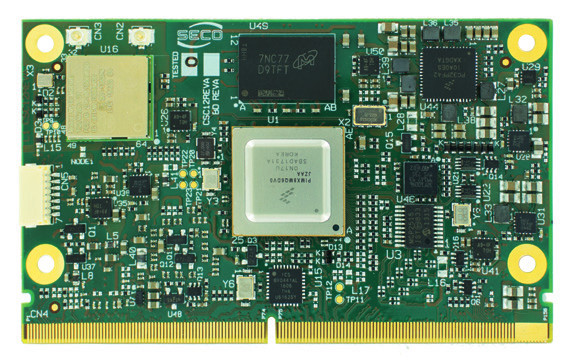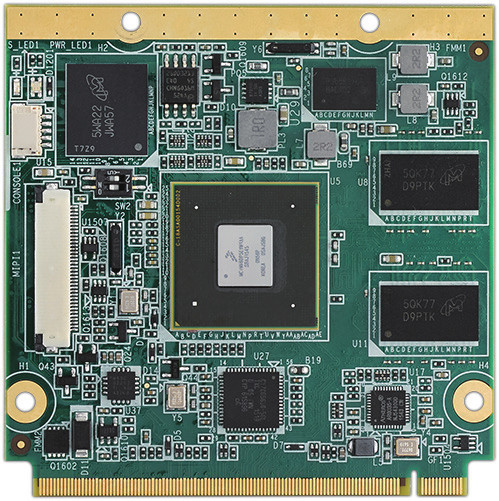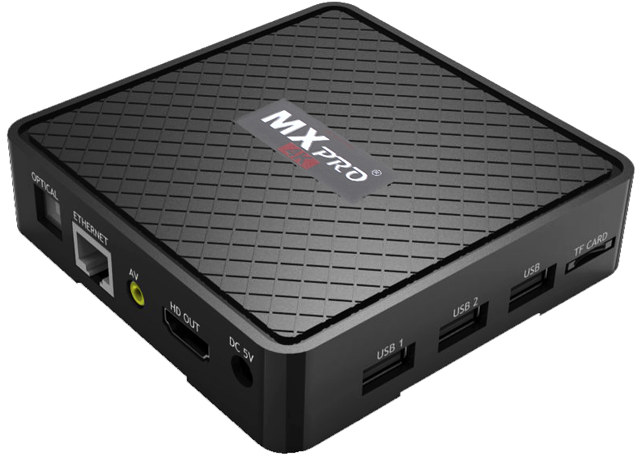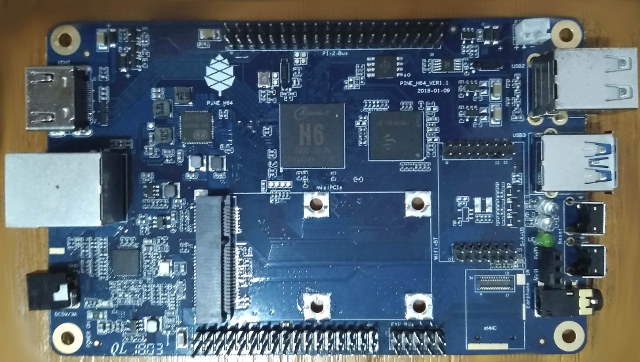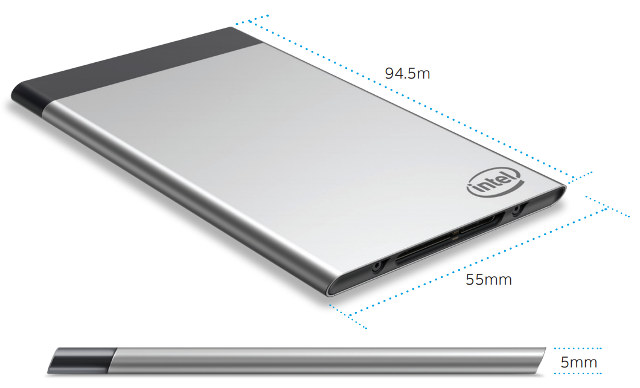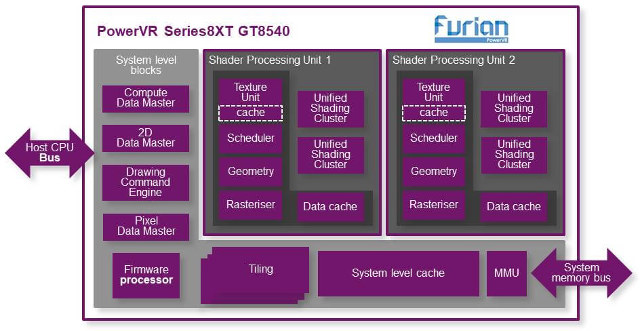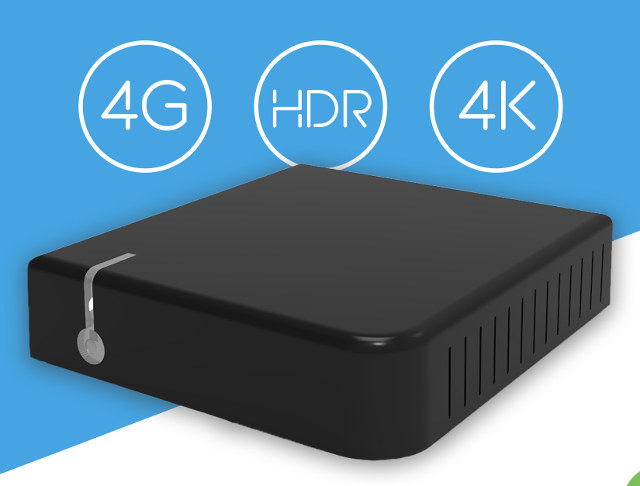We’ve already seen several computers-on-module/systems-on-module based on NXP i.MX8/8M processors, most of which use proprietary standards, but so far we’ve covered at least on Qseven 2.1 CoM with Advantech ROM-7720 powered by i.MX 8QuadMax SoC. SECO has now announced their SM-C12 module compliant with another SoM standard: SMARC 2.0. The system-on-module is powered by i.MX 8M dual or quad core processor, supports up to 4GB RAM, offers optional WiFi and Bluetooth connectivity, and plenty of I/Os thanks to the 314-pin MXM3 connector mandated by SMARC 2.0 specification. The module targets home automation, transportation, digital signage and vending machines, multimedia devices, and others applications requiring real-time processing and/or multimedia capabilities. SC-12 module specifications: SoC – NXP i.MX 8M dual or quad Arm Cortex-A53 processor with Cortex-M4 real-time core, Vivante GC7000Lite GPU with support for OpenGL ES 3.1, Open CL 1.2. OpenGL 3.0, Vulkan, DirectX System Memory – LPDDR4-3200 memory, 32-bit interface, […]
Advantech ROM-7720 is a Qseven 2.1 Compliant i.MX 8 QuadMax Computer-on-Module
Many solutions based on NXP i.MX8 processors are likely to be announced during Embedded World 2018 next week. We’ve already seen several NXP i.MX 8M Cortex A53 based modules such as Variscite DART-MX8M or Compulab CL-SOM-IMX8 systems-on-module, and more are coming. One of those will be Advantech ROM-7720 computer-on-module (CoM) featuring the top of the line NXP i.MX 8 QuadMax Cortex A72/A53 processor and following QSeven 2.1 specifications / form factor. Advantech ROM-7720 CoM specifications: SoC – NXP i.MX 8QuadMax processor with 2x Cortex A72 cores @ up to 1.6GHz, 4x Cortex A53 cores, 2x Cortex-M4F real-time cores, a HiFi 4 DSP, and 2x Vivante GC7000XSVX GPUs System Memory – 2GB LPDDR4 @ 1600 MHz (optional 4GB RAM) Storage – 8 GB eMMC Flash for OS, 64 MB Quad SPI Flash for boot loader Video Output / Display I/F 2x 24-bit LVDS, 1366 x 768 for 1ch; 1920 x 1080 […]
MX Pro 4K is an Android 7.0 TV Box powered by Allwinner H5 Processor
We’ve already seen Allwinner H5 processor in several development boards such as NanoPi NEO2, Orange Pi Zero Plus, or Libre Computer Tritium 2G among other. But while the processor has been designed for 4K OTT TV boxes, I had not seen any TV box based on the processor so far. MX Pro 4K, not to be confused by MXQ Pro 4K, changes that, as it features the quad core Cortex A53 processor combined with 1GB RAM, 8GB storage, and the usual HDMI, Ethernet, USB ports you’d expect from a TV box. MX Pro 4K specifications: SoC – Allwinner H5 quad core Cortex A53 processor with hexa-core Mali-450MP4 GPU System Memory – 1 GB DDR3 Storage – 8 GB eMMC flash (options: 4GB, 16GB, 32GB), micro SD card slot Video Output – HDMI 1.4b up to 4K @ 30 Hz, AV port (composite) Audio Output – HDMI, AV (stereo audio), and […]
Pine H64 Development Board Features Allwinner H6 processor, Gigabit Ethernet, USB 3.0 and PCIe for $26 and Up
As expected, Pine64 has now launched Pine H64 development board, powered by Allwinner H6 quad core processor, and contrary to Orange Pi H6 boards, it exposes both Gigabit Ethernet, and a USB 3.0 port, which should please people wanting fast storage combined with Gigabit Ethernet. The board comes in three variants with 1, 2 or 3GB of memory, with all also equipped with a mini PCIe interface, and various I/O headers. Pine H64 specifications: SoC – Allwinner H6 quad core Cortex A53 processor with Arm Mali-T720MP2 GPU System Memory – 1, 2 or 3GB LPDDR3 PC-1600 RAM Storage – 128 Mbit SPI flash, micro SD card slot, and eMMC flash module connector (all bootable) Video Output – HDMI 2.0a up to 4K @ 60 Hz Audio – HDMI audio output, Video Decoding – 10-bit H.265 up to 4K @ 60 fps, VP9 and H.264 up to 4K @ 30 fps […]
Intel Compute Cards Review – Windows 10 and Ubuntu 17.04 on CD1C64GK, CD1P64GK and CD1M3128MK
The Intel Compute Stick revolutionized the mini PC market through the introduction of x86 based processors making Windows available as an OS option. However, for Intel the biggest target market turned out to be business rather than consumer with digital signage being a key user. As a result Intel have responded with the introduction of the Intel Compute Card. So far they have released four versions of card: and they they differ from compute sticks by no longer being standalone mini PCs but dependent on a dock or host device. The card itself is relatively small with a footprint slightly larger than a standard credit card: and is distinguished by the back being printed with details about the card including the model: The lack of emphasis on the consumer market is also evident in the rather unobtrusive plain packaging: On the end that inserts into the dock or host device […]
Imagination PowerVR Series8XT GT8540 GPU Can Drive up to Six 4K Screens, Supports Hardware Virtualization
Imagination Technologies introduces PowerVR Furian architecture last year with improved performance, power and density, as well as dual cluster PowerVR Series8XT GT8525 GPU based on the new architecture, and targeting high-end smartphones, virtual reality and automotive products. The company has now introduced a quad cluster Furian GPU called PowerVR Series8XT GT8540 that can simultaneously drive up to six 4K screens at 60fps thanks to an 80% fillrate density improvement, and supports virtualization providing separation of services and applications. The new GPU mostly targets the automotive market with some new cars now requiring multiple screen support with high resolution displays for cluster, Head-Up Display (HUD) and infotainment. Hardware virtualization is equally important for automotive application, as you’ll want to separate safety-critical code, from infotainment applications for example, so if the latter crashes, the safety-critical code can still run unhindered. Each would run on separate shaders processing unit, with up to 8 […]
ZidooLab OPS Android Digital Signage Players are Powered by Rockchip RK3368 or Realtek RTD1295 SoC
Zidoo is known for their Arm based Android TV boxes targeting the consumer market, but the company also runs ZidooLab for the B2B market, and especially digital signage application, which may explain why they release a digital signage SDK a while ago. The company can customize hardware and software for their customer’s needs, but what caught my intention is that they have Arm based digital signage players that comply with OPS (Open Pluggable Specification) that was first released by Intel in 2010, and defines electrical, mechanical and thermal specifications of OPS compliant devices which are meant to be plugged into compliant monitors. ZidooLab has currently two Android OPS hosts: A1 & A2 that share most of the same specifications, except for the processor, and some I/Os: SoC A1 – Rockchip RK3368 octa-core Cortex A53 processor up to 1.5 GHz, PowerVR G6110 GPU A2 – Realtek RTD1295 quad core Cortex A53 […]
WeTek Unveils Hyperion 4G LTE Set-Top Box & Nix OTT TV Box Running Android TV OS
When Geniatech announced Android TV certification for their ATV598Max set-top box with digital TV tuners compliant with DVB-T2, DVB-C, ATSC, or ISDB standards earlier this week, we noticed how few official Android TV STB there was on the market. But more may be coming, as Wetek will showcase two Android TV products at CABSAT in Dubai on January 14-16 with Wetek Hyperion Amlogic S905D 4G LTE set-top box, as well as WeTek Nix OTT box powered by Amlogic S905X processor. WeTek Hyperion Specifications: SoC – Amlogic S905D quad core ARM Cortex-A53 SoC up to 1.5 GHz, with penta-core ARM Mali-450 GPU System Memory – 2GB DDR3 RAM Storage – 16GB eMMC 5.0 flash Video & Audio Output – HDMI 2.0a (CEC, HDR, HDCP 1.4/2.2), mini jack analog AV output Connectivity Gigabit Ethernet Dual band 802.11 ac/b/g/n WiFi (optional 802.11ac MiMo) Bluetooth 4.0 4G LTE modem – LTE-FDD: B2/B4/B5/B12/B13/B17/B25/B26; LTE-TDD: B41; […]


